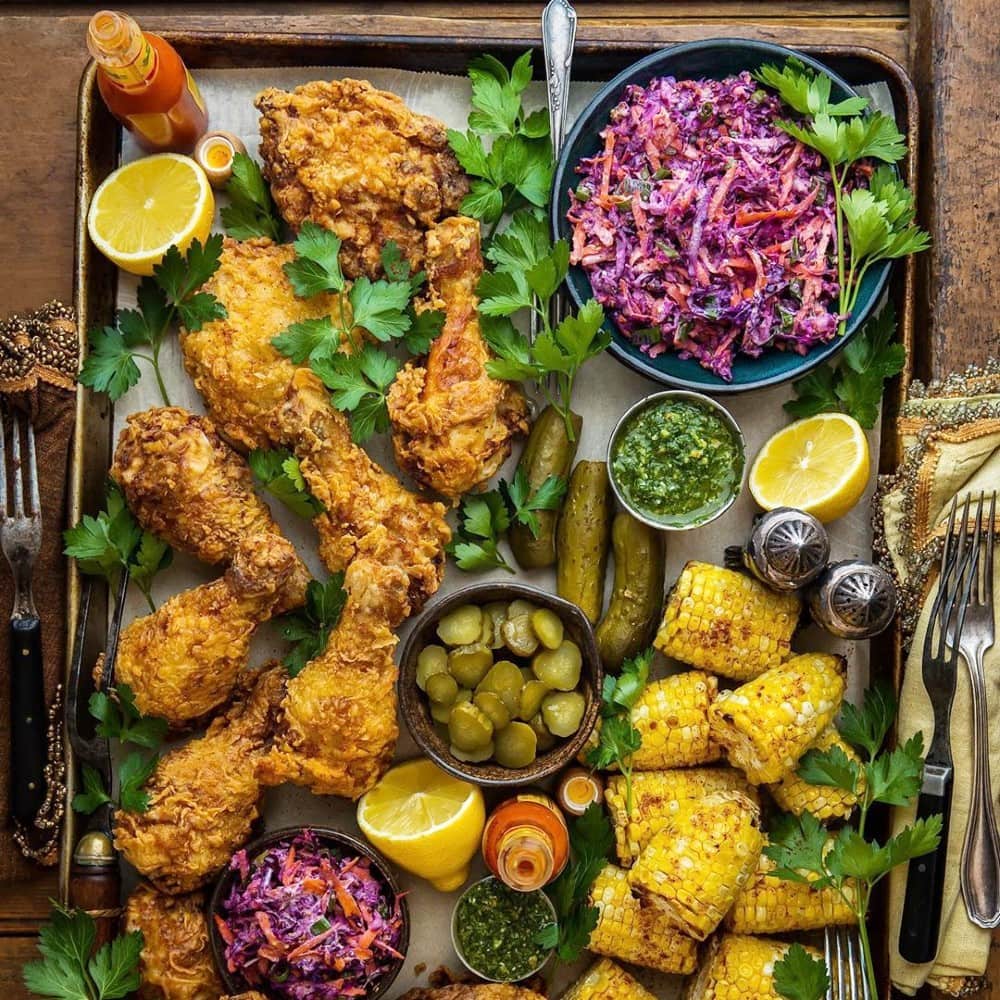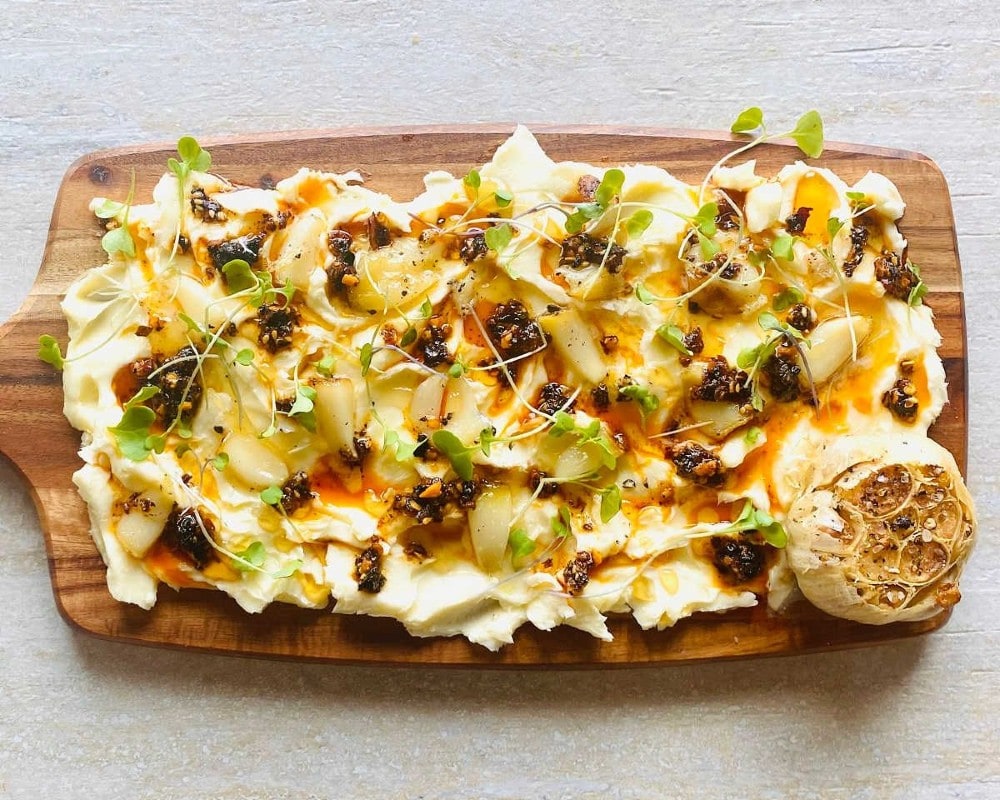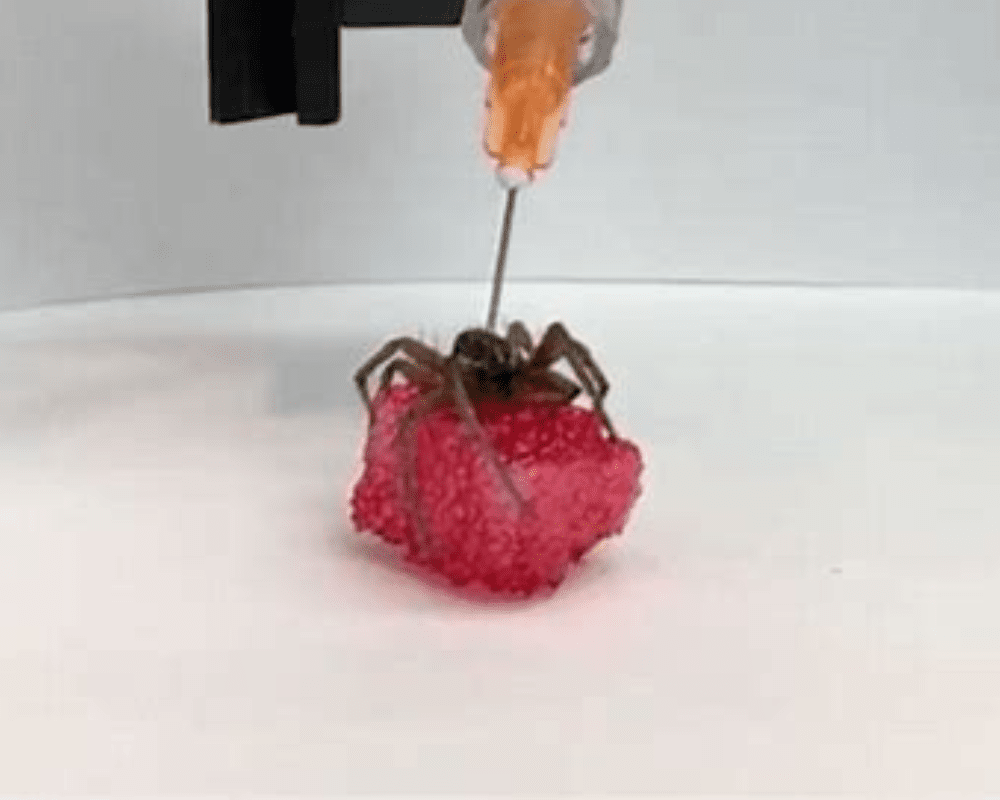
Thanks to social media, boards are having a pretty big moment in gen-Z food culture. During Thanksgiving last year, we witnessed the birth of the ‘bring a board’ trend on TikTok. This year, the trend has reached peak popularity. So, if you’re thinking about a celebratory feast, you can’t go wrong with a board party.
Boards Parties — A New Era of Hosting
Wooden boards have been serving as a steadfast surface for food for centuries in culinary history. Classic French charcuterie boards have elevated the tradition into an art form. Inspired by that, board parties are now a go-to for all hosts. Here, each person brings a board laden with a different kind of treat, and then everyone starts to tuck in together. The boards can be piled with anything from McDonald’s nuggets to pizza slices, from candies to pastries. According to Rayann Prophet, whose TikTok video started the ‘bring a board’ trend, it’s the new potluck.
Variations on the Theme

In 2018, Instagram birthed the trend of grazing tables with plate-less yards of overlapping snacks. After enjoying nods from celebs like Tom Hardy and Kendall Jenner, the trend then trickled down to artfully presented decadent deli spreads on wooden boards by charcuterie influencers. Recently, the internet exploded after food blogger Justin Doiron introduced the butter board, resulting in a whopping 8.6 million views in TikTok. The slathering of butter across a slab of wood even earned coverage in The New York Times.
The Reason Behind the Popularity of Boards
Board parties are becoming mainstream these days because boards are more accessible and blissfully portable as opposed to tables or any other surface. They provide stress-free ways to host parties, and are visually attractive as they act like a blank canvas for culinary creativity. There are no rules for presentation; instead, it’s the imperfections that make the videos more interesting. The trend now looks ready to rule and conquer the spooky festival of Halloween too, and we can’t wait to see how it’s treated during the winter holidays!
Scientists Use Dead Spiders as Claw Machines in Unique Study

A team of scientists recently conducted an interesting experiment with dead spiders and the claw machines you find at every carnival in the world. Their findings? This team of scientists could use the dead spiders to hold various objects and even move them around throughout their research facility, which might seem like an odd solution to most of us. So researchers from Rice University get the credit for converting the dead spiders into claw machines capable of picking up and moving objects around.
Necrobotics
In a unique study, scientists are using dead spiders as claw machines. By attaching the spider’s legs to a robotic arm, they can control the spider’s movement. This allows them to study the animal’s movement and behavior. The scientists hope this research will help them understand how animals move and behave. The investigation began in 2019 when scientists observed a dead spider with its legs curled up. They wondered why spiders always die in this position and did research to find out more. To their surprise, spiders use a hydraulic pressure system that helps them move their limbs.
Hydraulic Pressure System in Spider Limbs.

It’s believed that spiders lack antagonistic muscle pairs, such as biceps and triceps, since they have only flexor muscles to curl their legs inward and extend them from the center by hydraulic pressure. Death disables the ability to pressurize the body actively. The gripper was created by sticking a needle into the spiders’ hydraulic chamber, sealing it with super glue, and attaching a syringe to the other end. Scientists could extend and retract spider legs with the syringe by blowing small amounts of air into them. The study reports that the dead spiders could still pick up 130% of their body weight without any surface coating. Without the ability to draw moisture from the air, the corpses are no longer functional for more than two days before their joints begin to wear out.